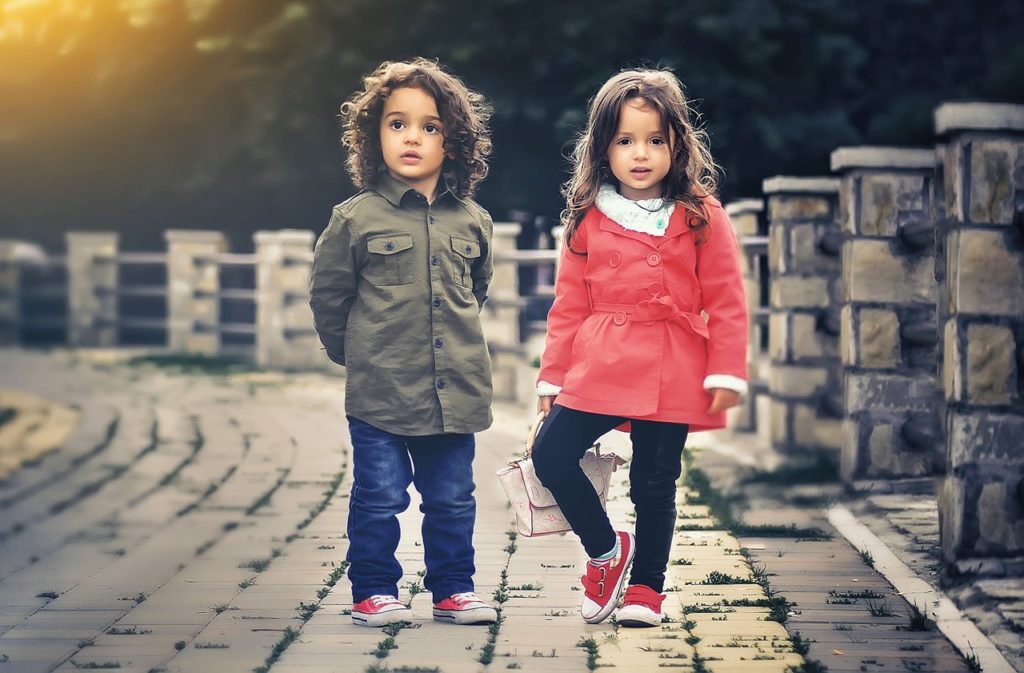
For most movements or decisions to completely permeate society, it generally takes more than one generation to catch on. Why? Well, to put it simply…regardless of overwhelming proof of the polar ice caps melting, the need for alternative energy, pollution, and a shortage of space to dispose of our ever increasing waste, some people are just stuck in their ways.
So, although it is vital to raise awareness about the state of our environment to everyone, it is equally important to raise up a new generation that will be kind to the earth. As children, we were taught very little, if anything, about recycling, conservation, and living green.
What Should We Teach Our Children About Going Green?
The best way to teach, of course, is by example. Some things are worth explaining though. Offering solid reasons for our choices shows our children that we are making a conscious decision to do things a certain way. Especially when our efforts seem to take more time or are a bit of an inconvenience, it is worth explaining that we do these things to help our planet.
Always include your children in your conservation and recycling efforts. Doing is part of learning and the more your children are able to participate, the more ingrained “green living” will become.
Here are a few solid ideas to help you raise up a generation of green enthusiasts:
Steer Clear of Water Bottles
Yes, water bottles are recyclable and convenient for kids to carry to school or take along to sporting activities, but the fact is that only 1 in 10 plastic bottles actually makes it to a recycling center. The rest end up in our streams, rivers, and landfills. Just by teaching your child to choose a reusable water bottle, they will be developing a habit that will most likely lead to more environmentally healthy choices; such as carrying reusable lunch containers, as opposed to paper bags. One small habit can expand into many.
Be a Ghost Buster
This is an easy one, just because kids like to talk about ghosts. Teach them about ghost energy in your house that is secretly draining power and wasting electricity even when appliances are turned off. According to Energy Star, close to 40% of an average energy bill can be attributed to ghost energy. Small appliances, such as cell phone chargers, your DVD player, your toaster, and your coffeepot all should be unplugged when not in use. Your child can help by reminding you, or helping to unplug the items that are not in use.
The Water Police
Most of us are aware of our need to conserve water. There are lots of ways to involve your little greenies in water saving efforts. Play a few rounds of “did you know” with your children and they’ll quickly become the water police in your home.
- Did you know that a standard washing machine uses 40 gallons of water for each load? An easy no-brainer way to conserve water is by washing less. Hang up your bath towels and use them again. This alone will greatly reduce the amount of wash you do.
- Did you know that over 80% of the energy used by your washing machine is from heating up the water? It really doesn’t get them any cleaner to rinse them in any temperature but cold, and washing in cold is just fine for average loads.
- Did you know that a five minute shower uses 1/3 of a bathtub of water? With this in mind, figure out whether it’s more economical for your family members to take baths or showers. If you’ve got a family member who can’t resist taking 10 or 12 minute showers because it feels so good in the morning, maybe you should switch them over to baths. Let your children help you figure out that little experiment.
These are very basic tips for encouraging eco-friendly behavior in your home. As your children grow older, they’ll be able to help make new assessments and even find their own ways to conserve.
Our planet is already incredibly vulnerable. Teaching your children to care for it properly is a must. Visit our website often. We’re full of good ideas to help you live green; and when it comes time to move green, keep us in mind. Instead of using cardboard boxes for moving, check out our environmentally friendly plastic moving boxes made out of 100% recycled plastic. Yep, we’re doing our part too.
